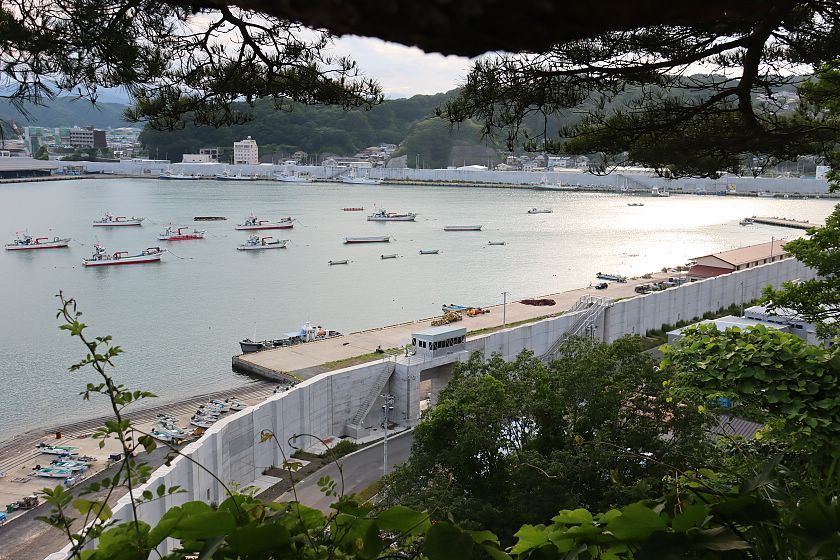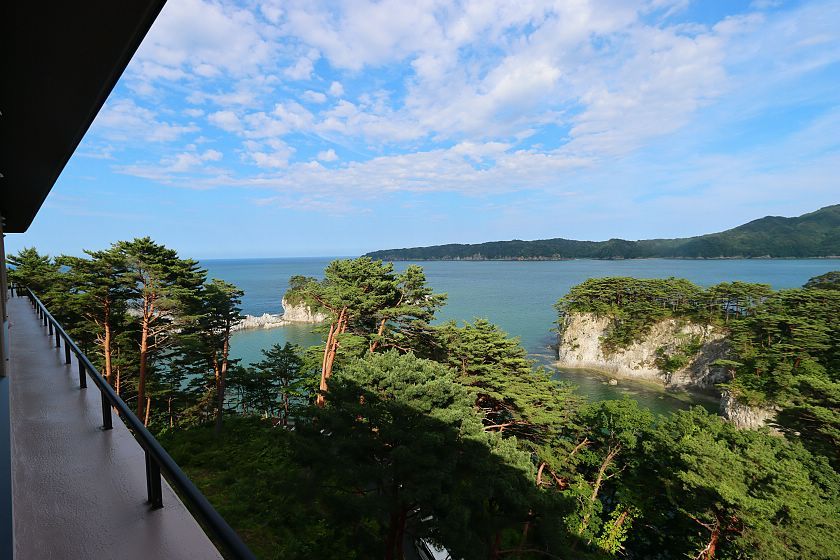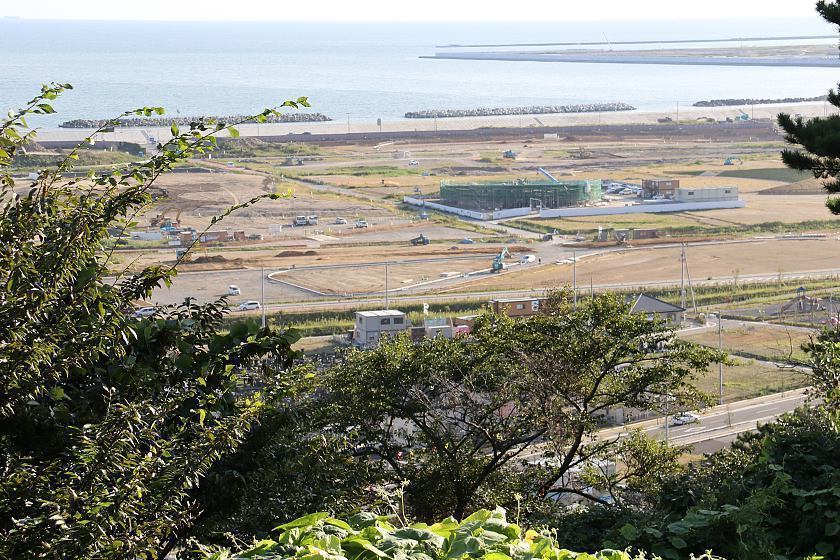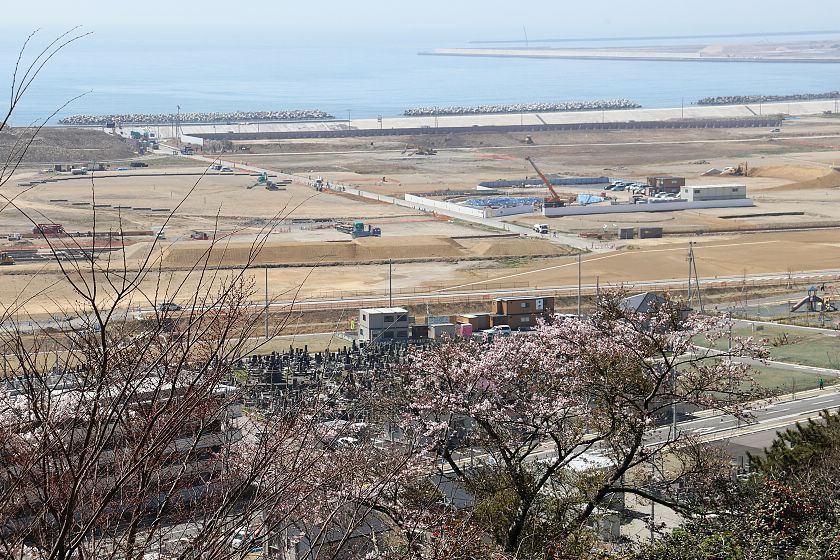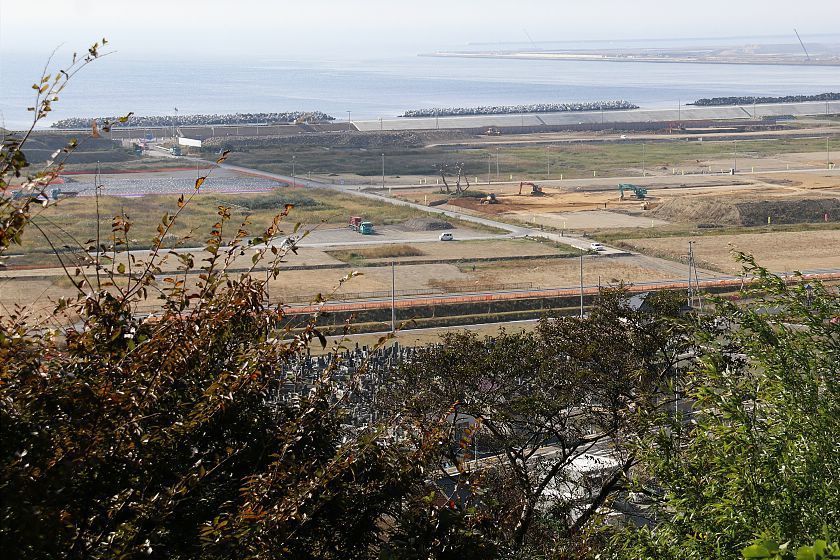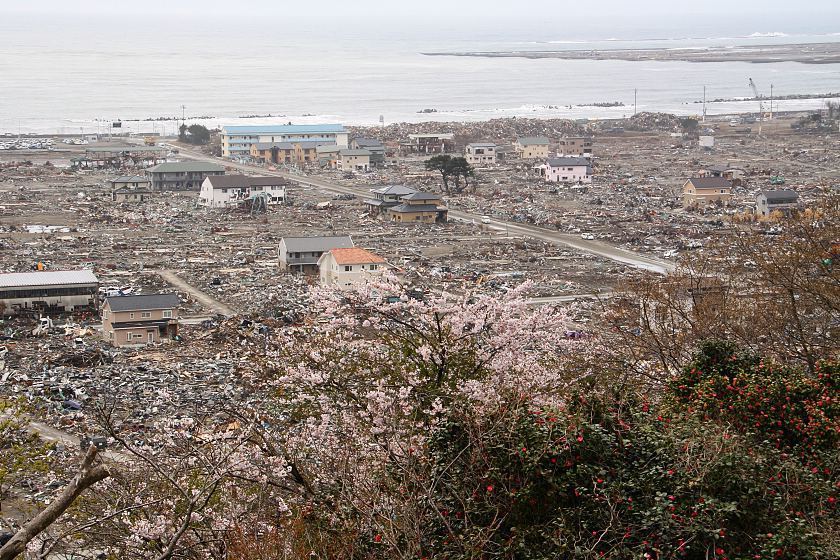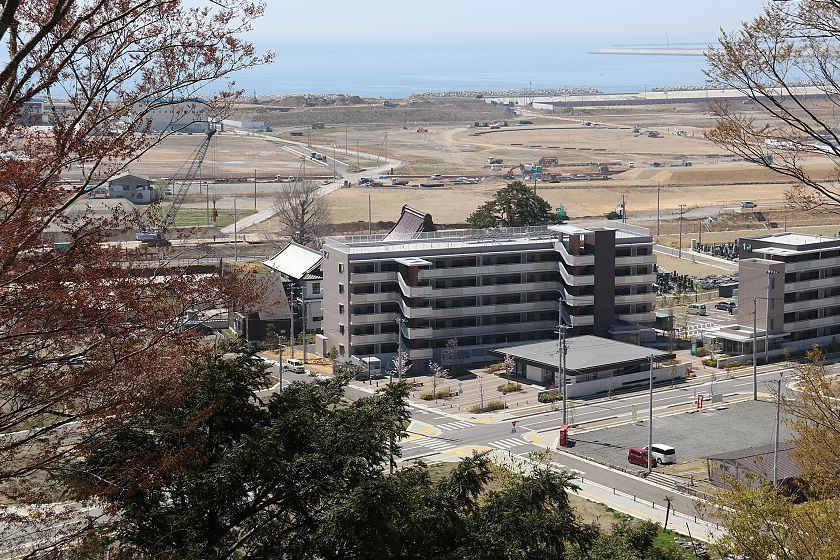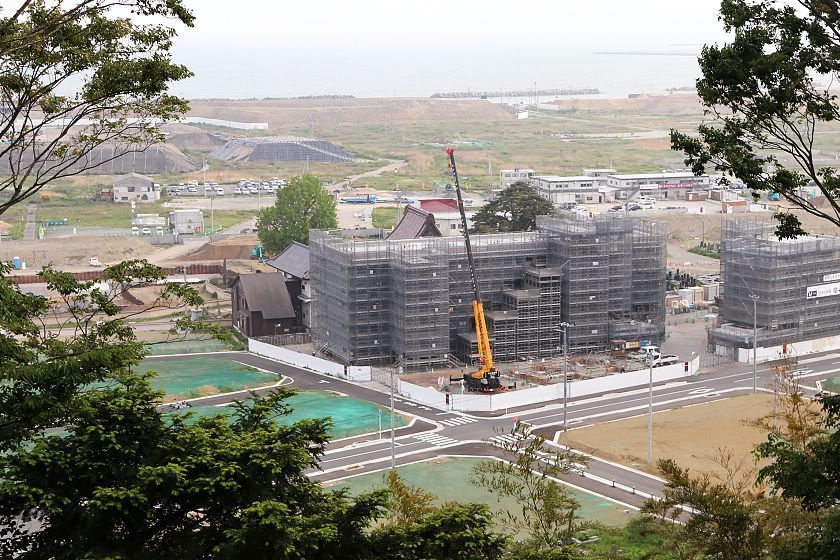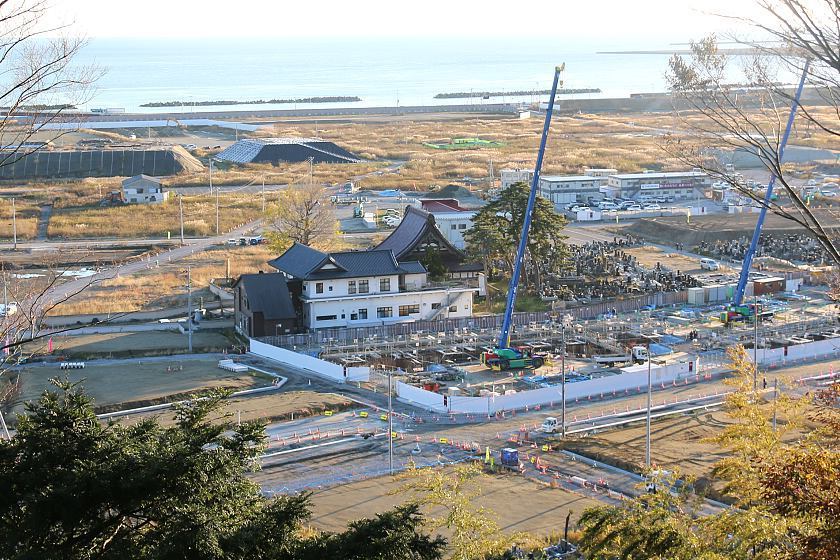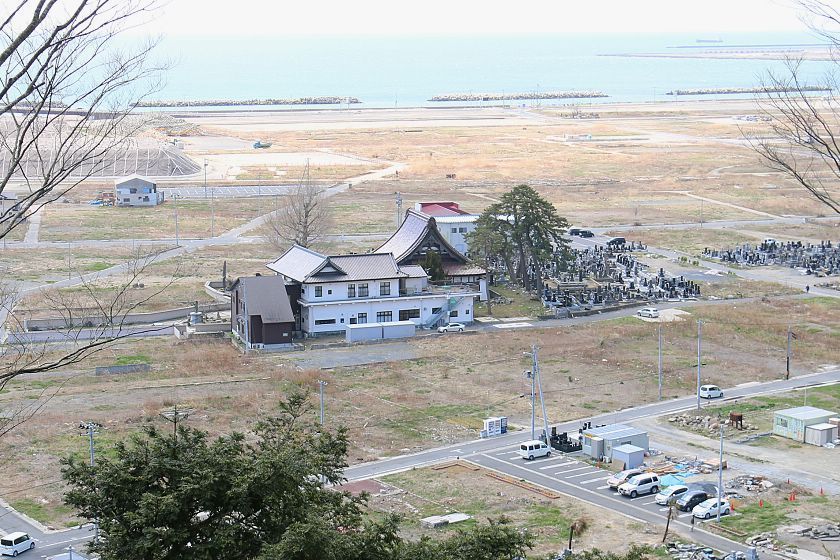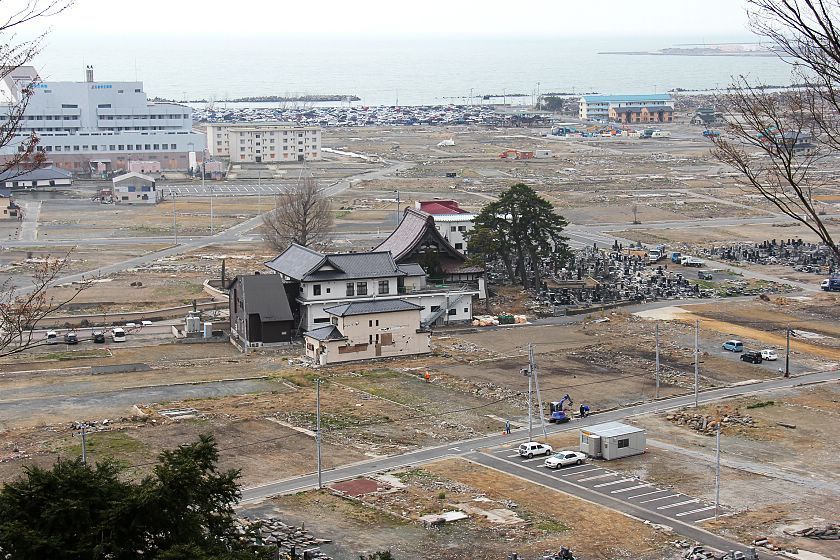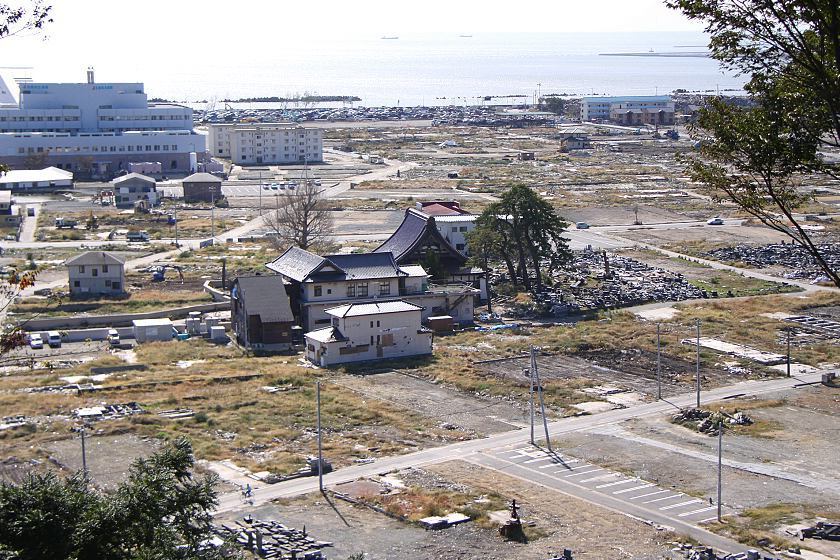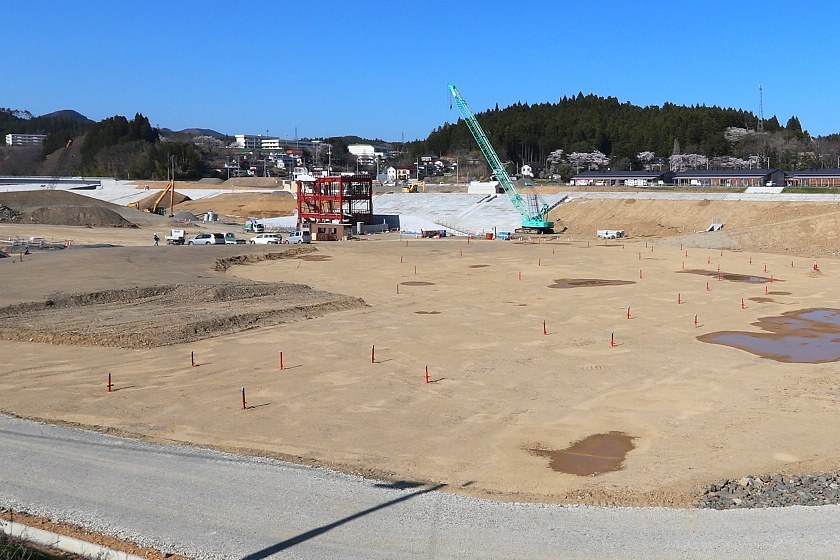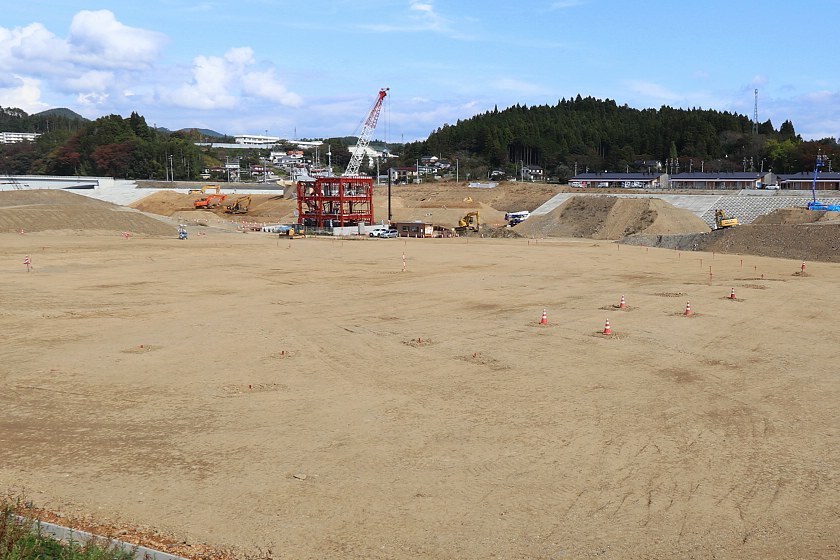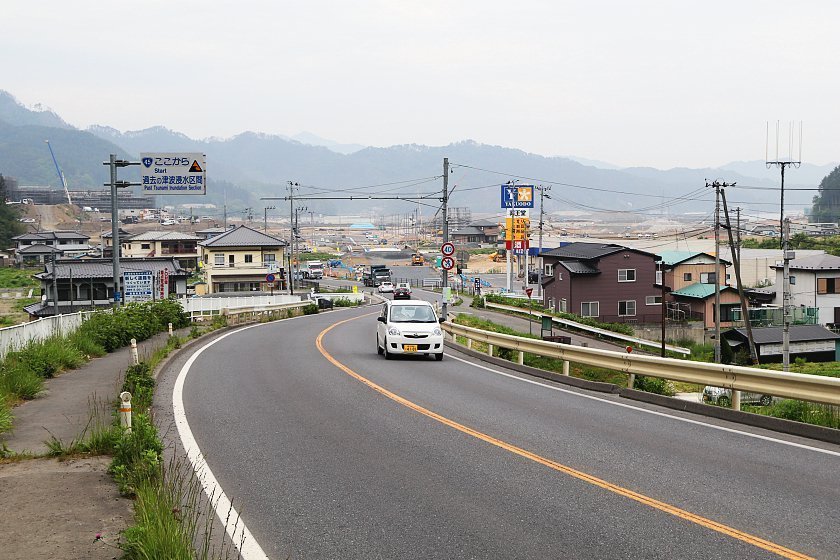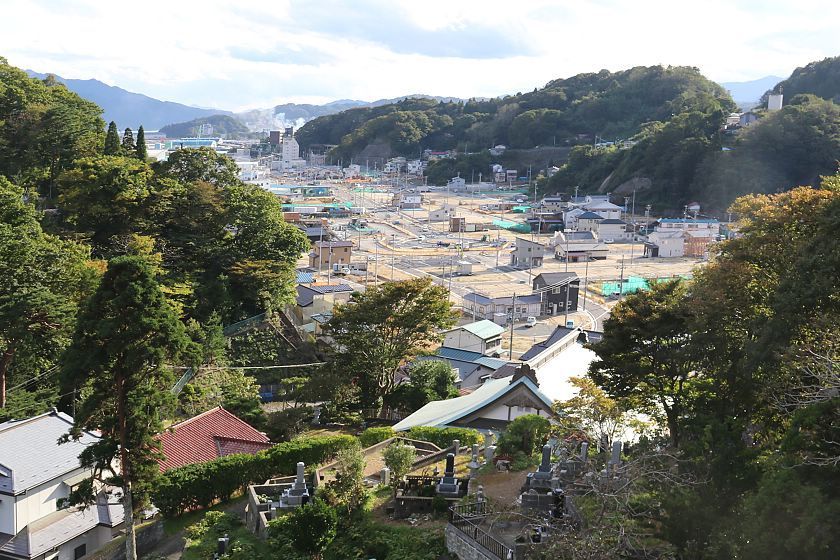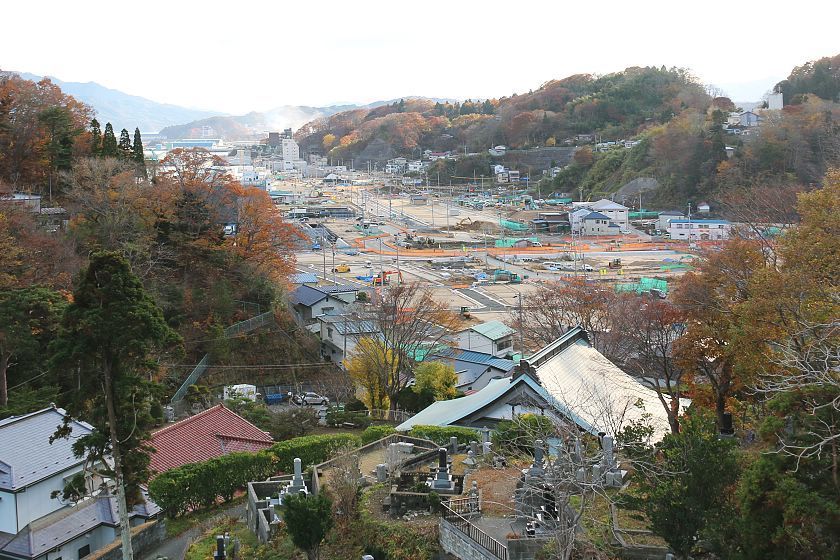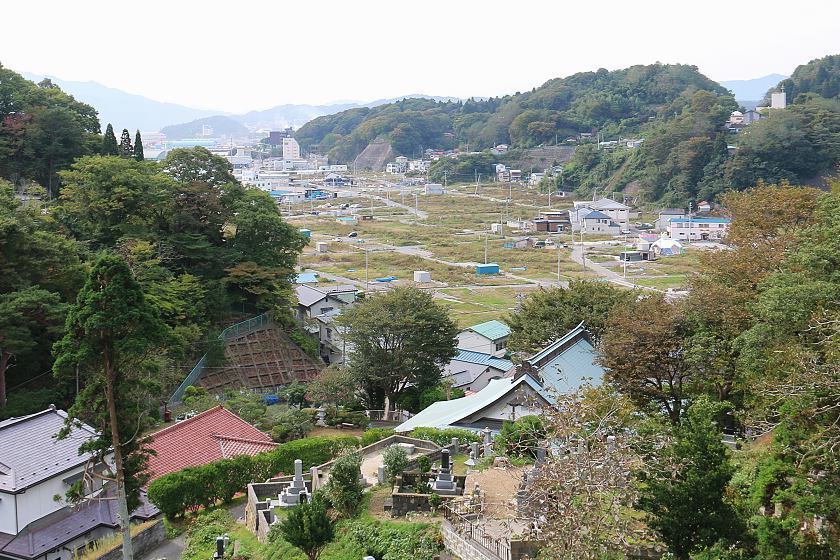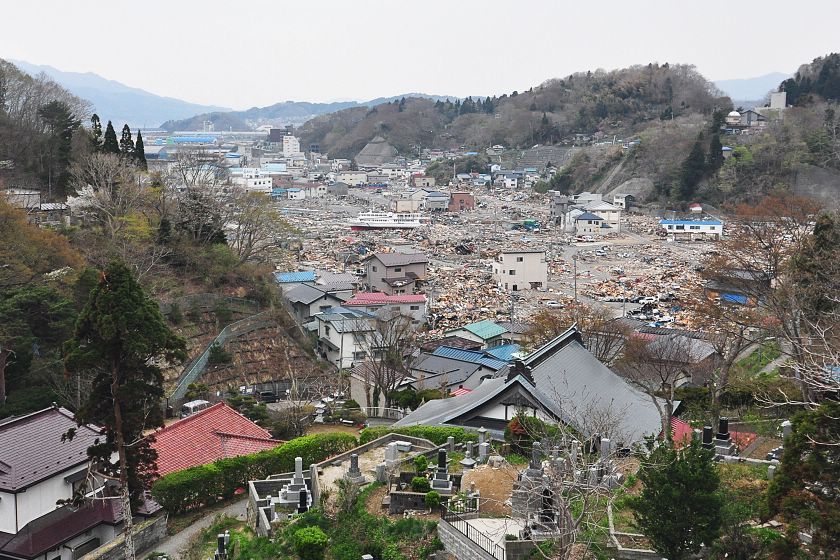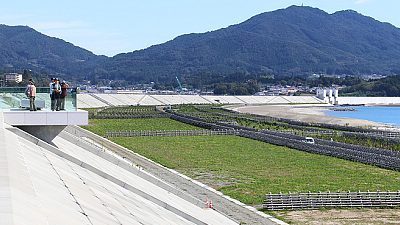Nine years after the tsunami
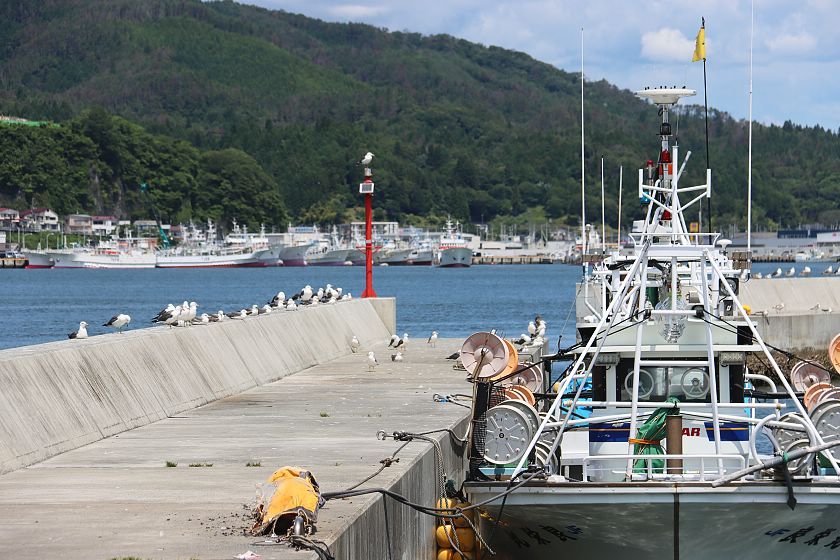
This is the 18th part of our open-ended series to document the recovery of the tsunami-hit coast of northeastern Japan where nearly 20,000 people lost their lives and entire towns were destroyed in the afternoon of March 11, 2011. Nine years after the tsunami, we traveled from Sendai to Miyako and revisited some of the worst-hit cities along the Sanriku Coast in Miyagi and Iwate prefectures on July 2-3, 2020.
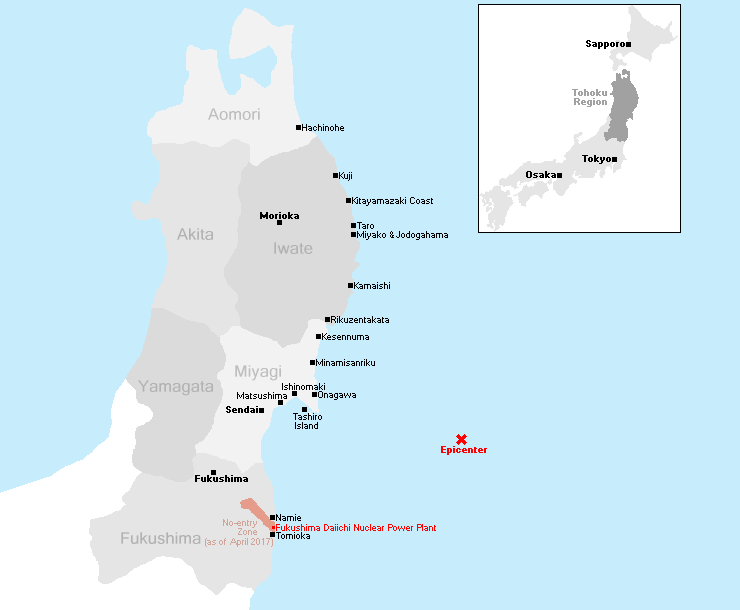
Soon a decade will have passed since the 3.11 disaster. On our first visit in April 2011, recovery seemed unbearably distant. Clean-up efforts alone took over a year, followed by monumental endeavors to raise entire town centers by over ten meters and rebuild permanent housing for hundreds of thousands of displaced people.
In the meantime, recovery has made big progress, and the last missing sections of the Sanriku Expressway will soon be completed to connect Sendai to the over 200 kilometer distant Miyako and beyond, making the region more easily accessible than ever before. Efforts are also made to build several memorial parks and museums.
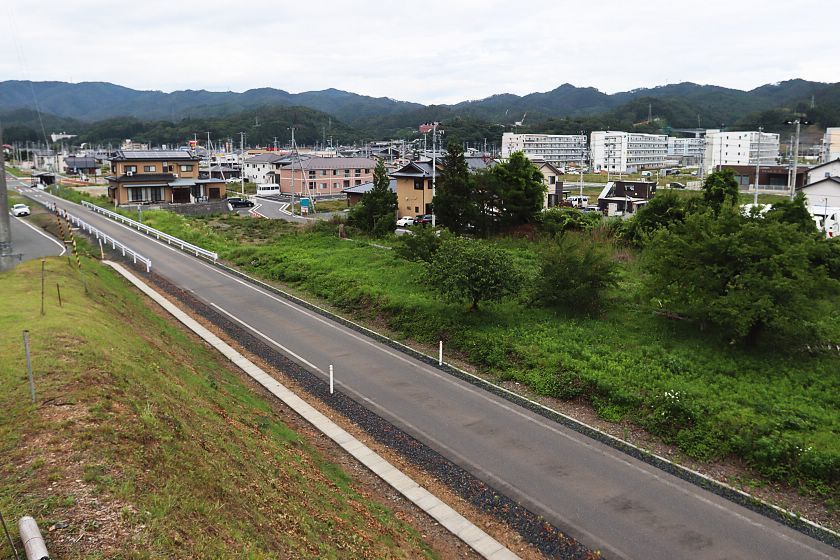
Compare: Jul 2020 - Apr 2011

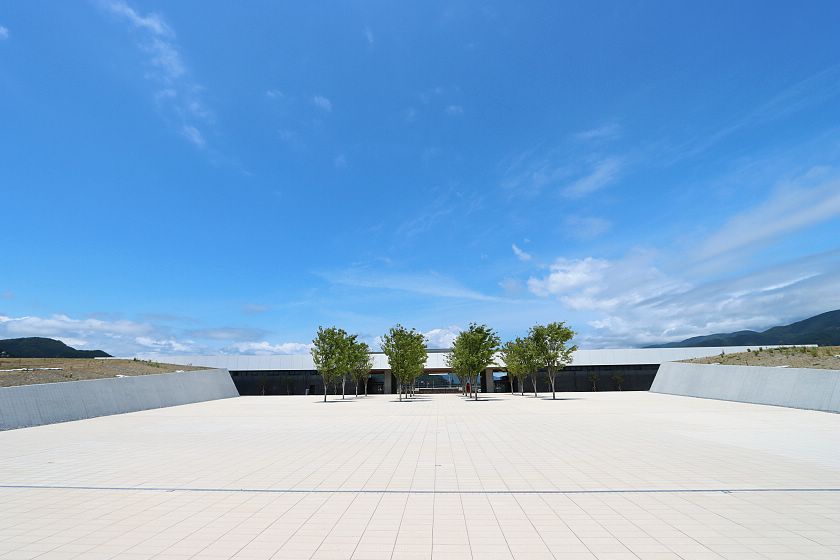
The city of Ishinomaki plans to open its memorial park in time for the disaster's 10th anniversary next spring, and the park is finally starting to take form. Located in the heavily damaged coastal district below Hiyoriyama Park, the spacious park will feature lots of green space, a pond and plazas for memorial ceremonies. Just north of the park stand the ruins of the former Kadonowaki Elementary School which were recently reduced in size but are expected to be preserved as a monument.
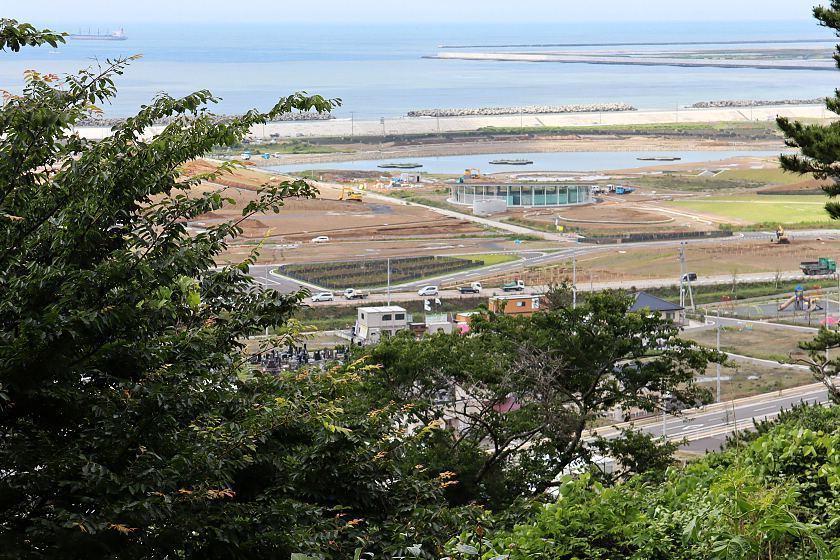
Compare: Jul 2020 - Sep 2019 - Apr 2019 - Oct 2018 - Apr 2011
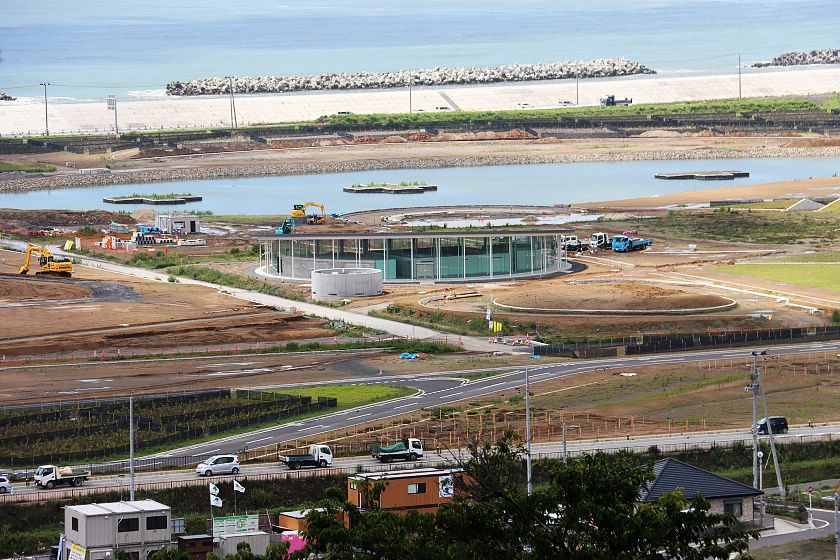
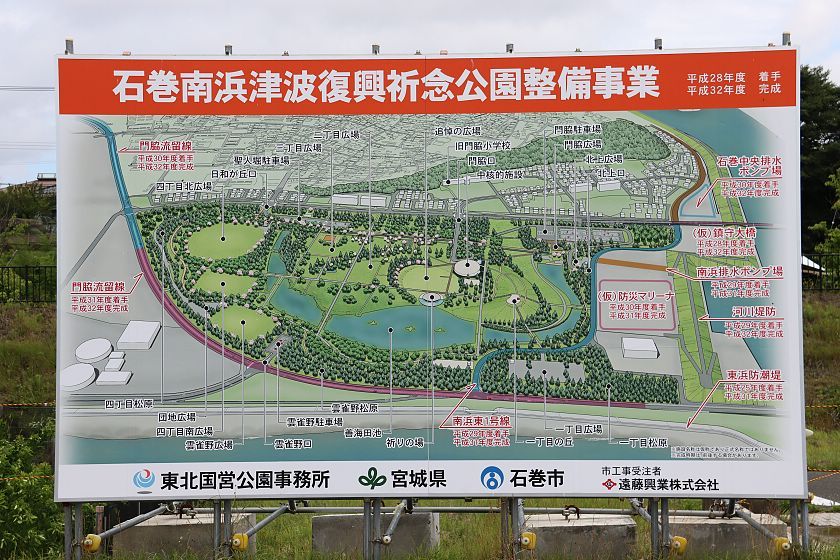
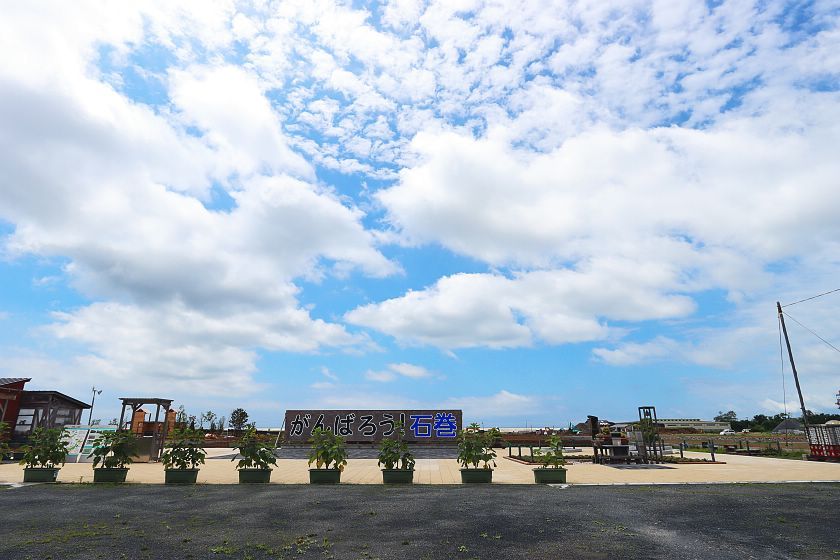

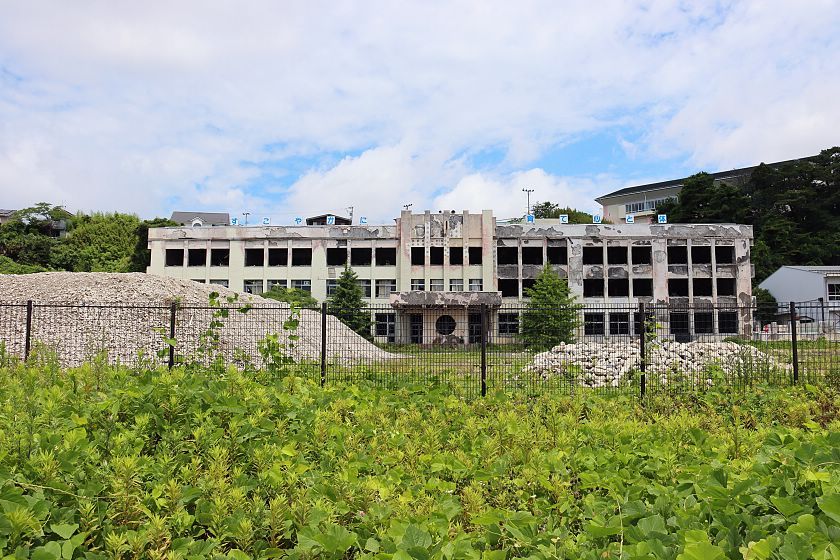
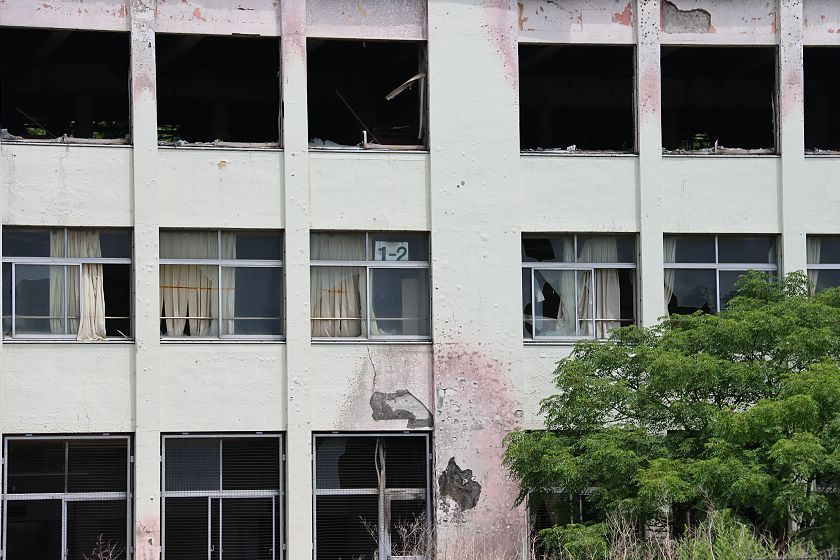
After our traditional visit to Hiyoriyama Park, we visited the Genki Market in the town center, a pleasant commercial facility across the river from the Ishinomori Manga Museum. Beautification works on the riverside next to the Genki Market have mostly been completed, and the ships that depart Ishinomaki for the cat island of Tashirojima are now conveniently stopping next to the market, turning the facility into the city's new tourist hub.
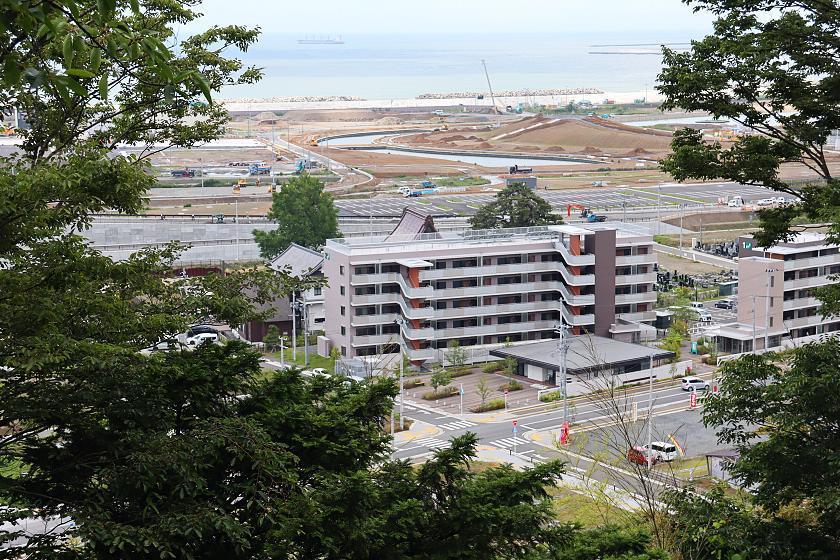
Compare: Jul 2020 - Apr 2019 - Apr 2017 - May 2016 - Nov 2015 - Apr 2014 - Apr 2012 - Oct 2011 - Apr 2011
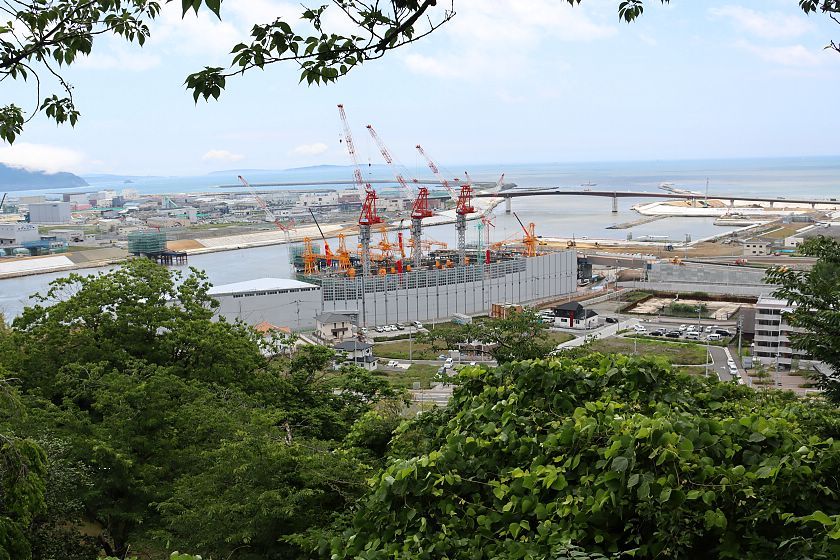
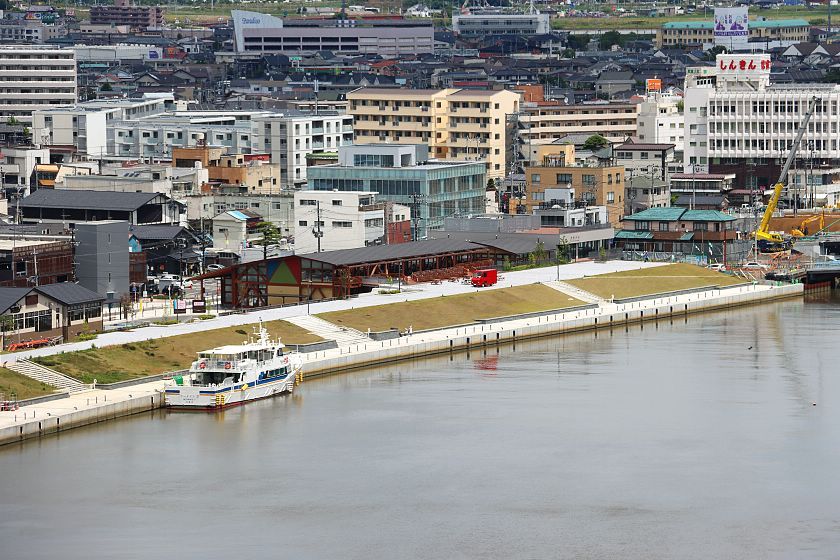
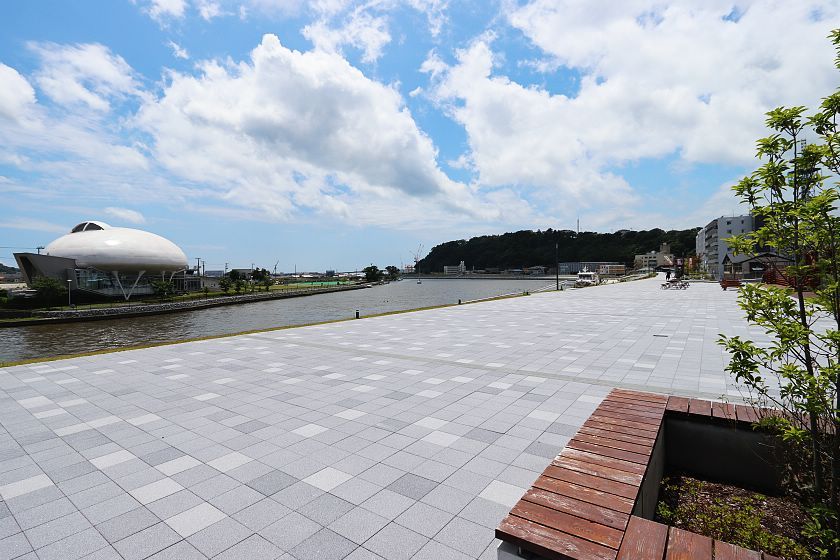
In Minamisanriku we visited the new memorial park which partially opened last December and is scheduled to be fully completed by this autumn. The park features a hill and the red skeleton of the former Crisis Management Center, one of the disaster's most famous monuments. A new pedestrian bridge will soon connect the memorial park with the Sansan Shopping Village on the other side of the river.
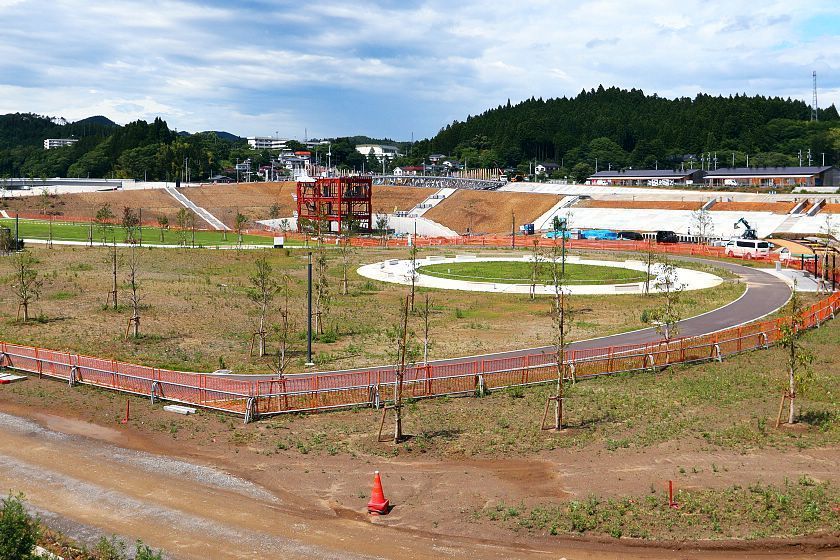
Compare: Jul 2020 - Sep 2019 - Apr 2019 - Oct 2018 - Apr 2018

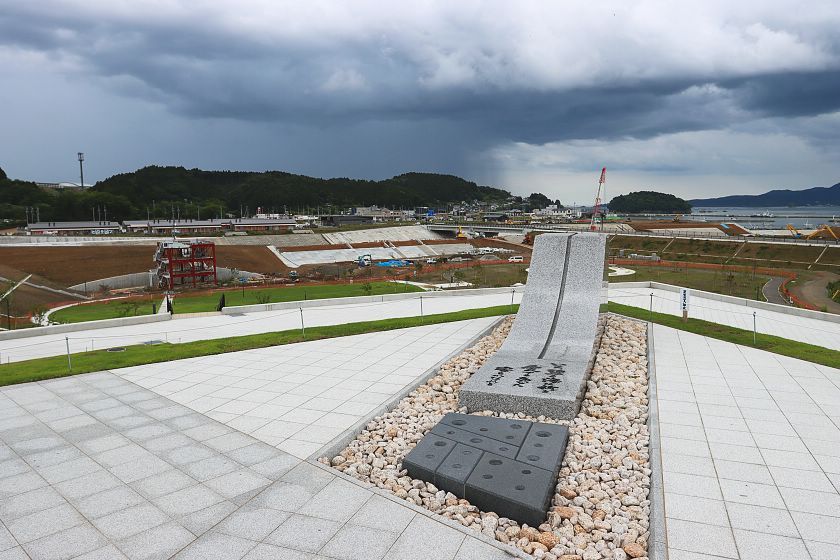
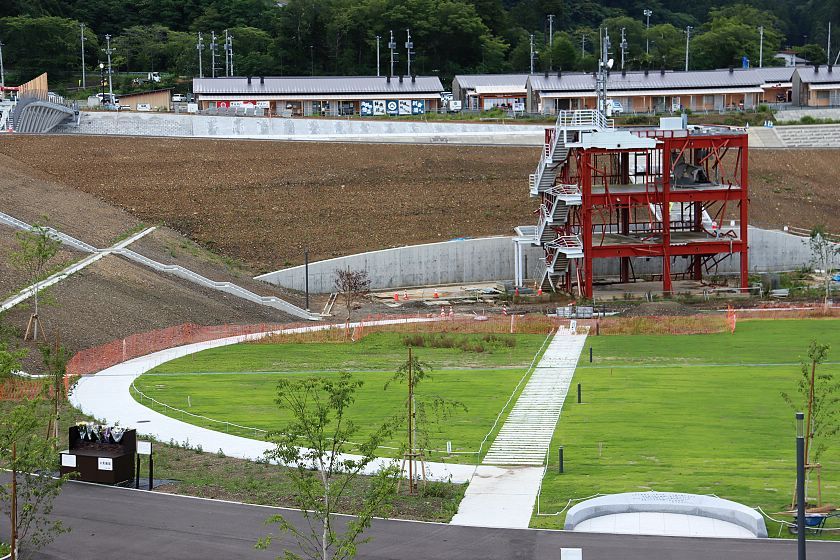
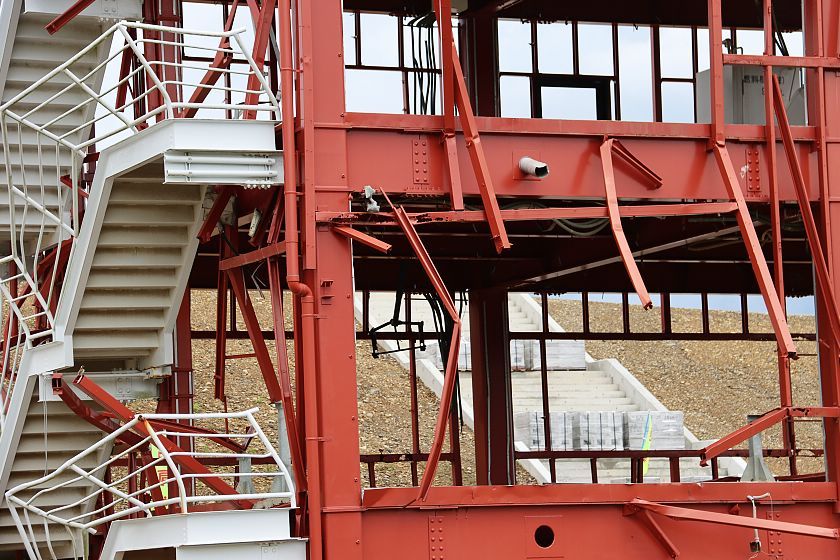
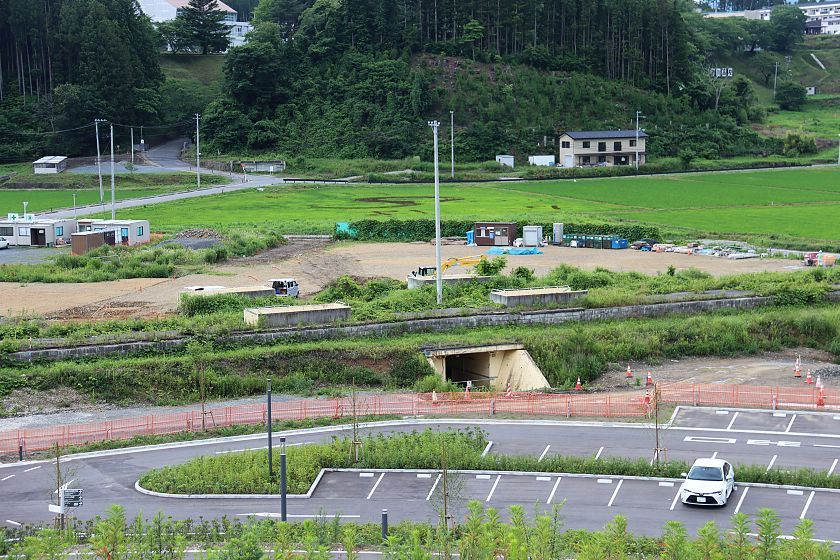
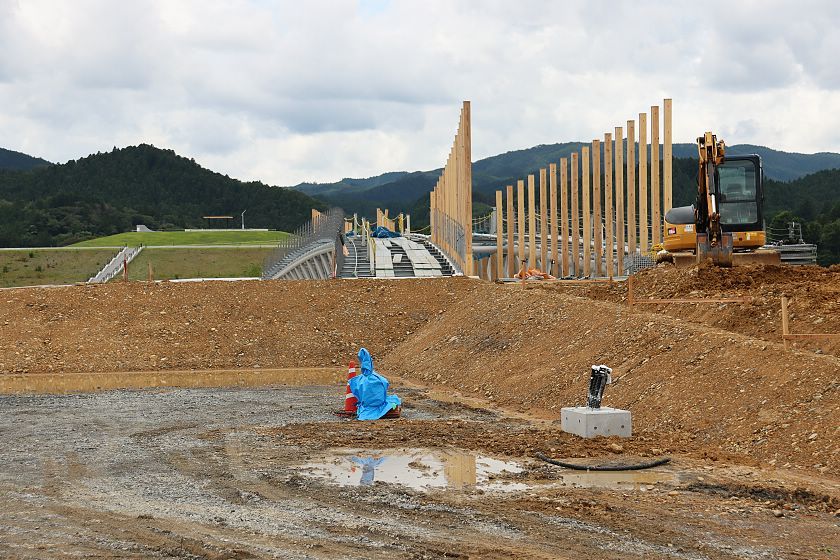

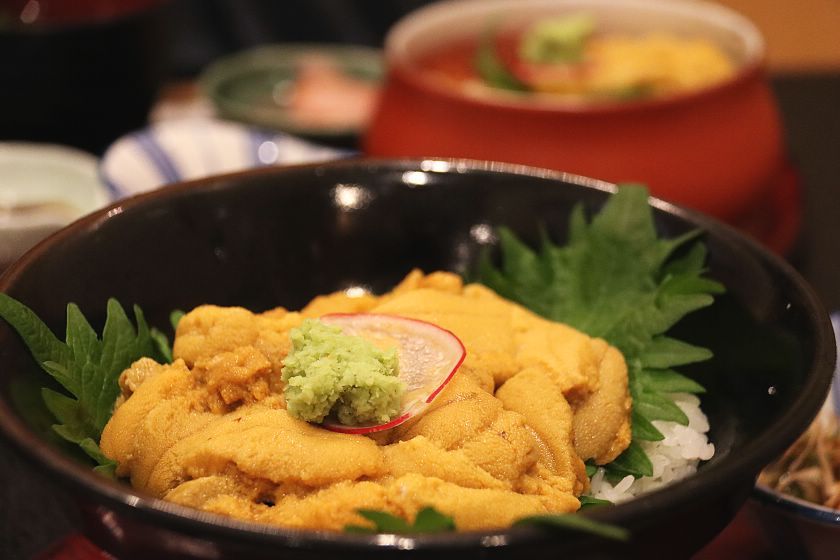
In the center of Kesennuma, a row of attractive new waterfront buildings are now welcoming visitors with a cafe, restaurant and community space. Only a few steps away stands K Port, a cafe owned by Hollywood star Watanabe Ken who occasionally drops by in person.
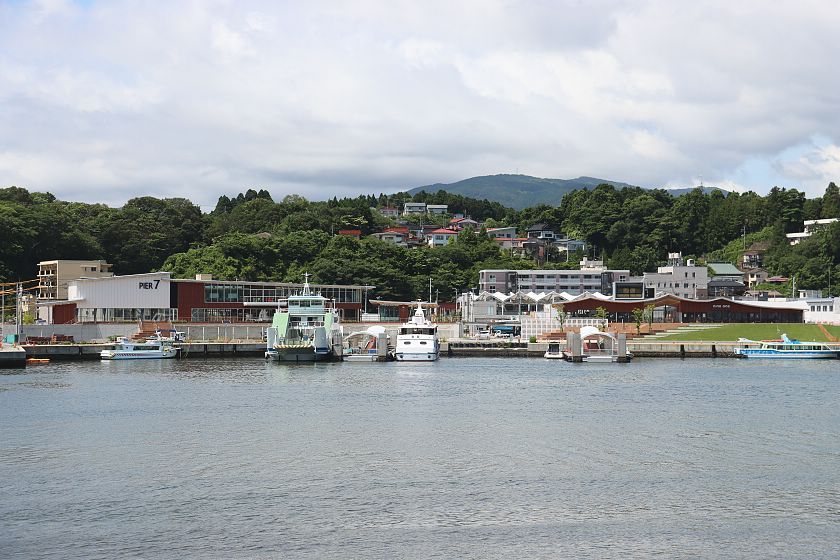
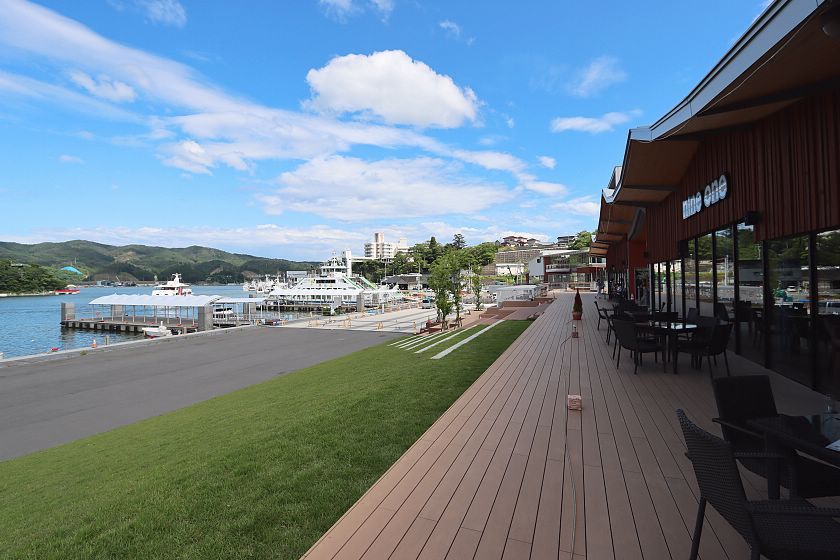
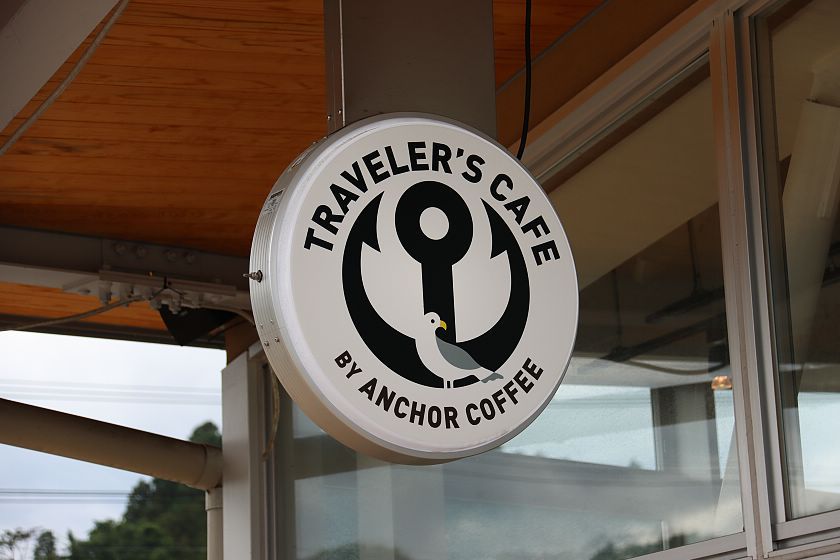
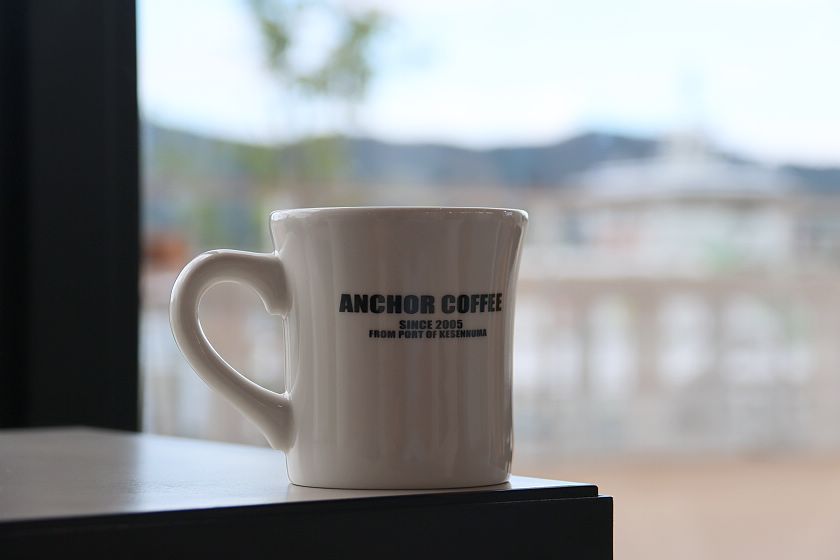
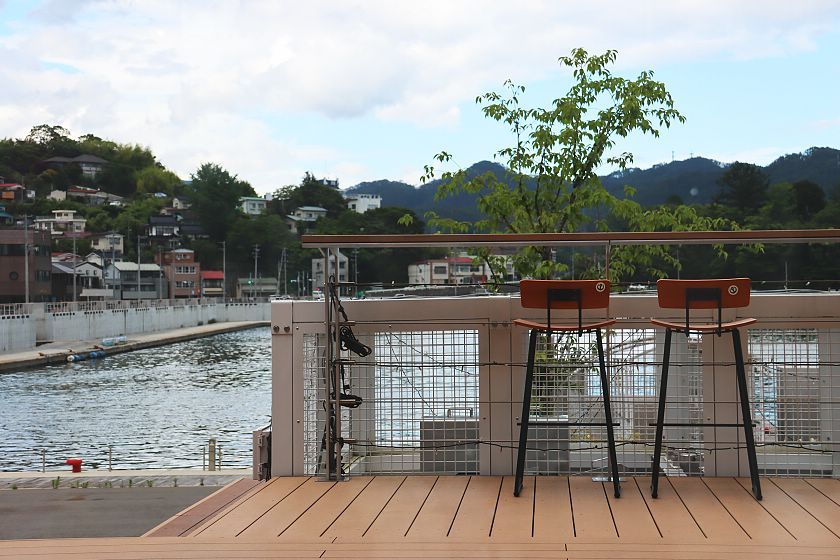
The bay of Kesennuma is the site of the last big missing piece in completing the Sanriku Expressway. A large bridge is currently being built across the inlet, scheduled for completion by spring 2021. Not far away, a separate bridge was opened last year to connect Oshima Island to the mainland. Previously reachable only by ferry, Oshima is a pretty, rural island with beautiful natural landscapes.
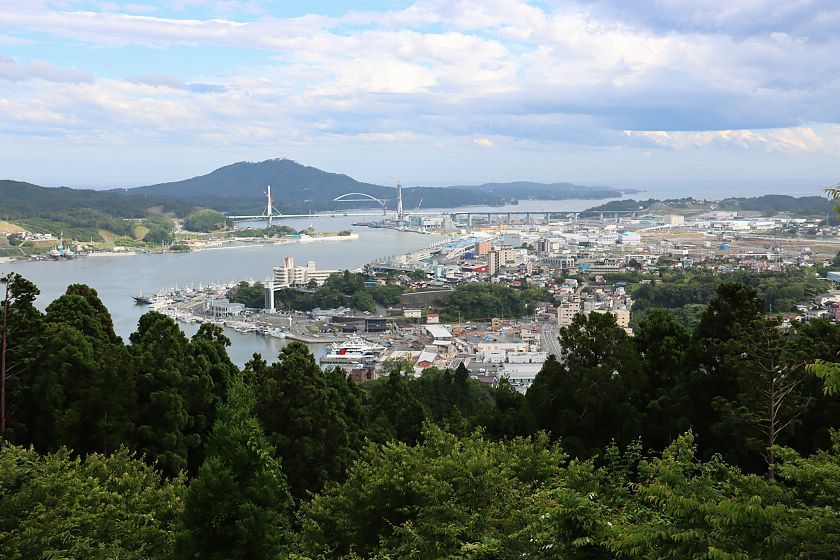
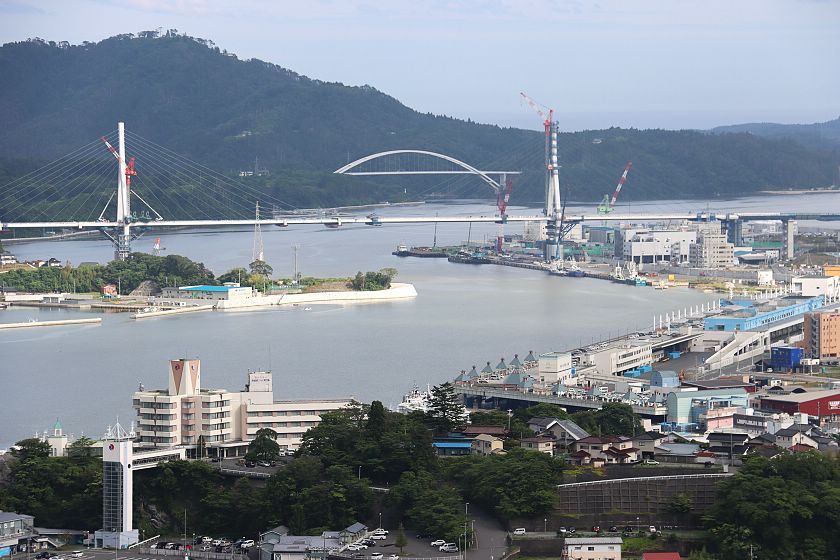
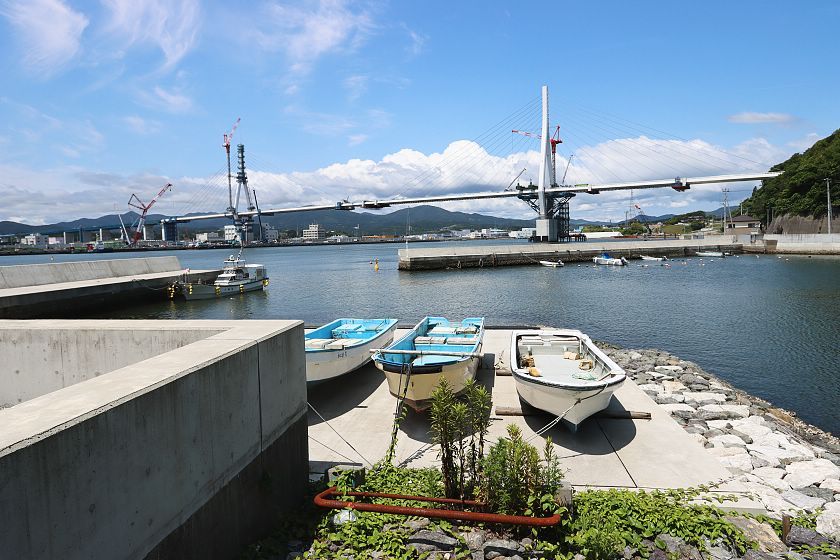
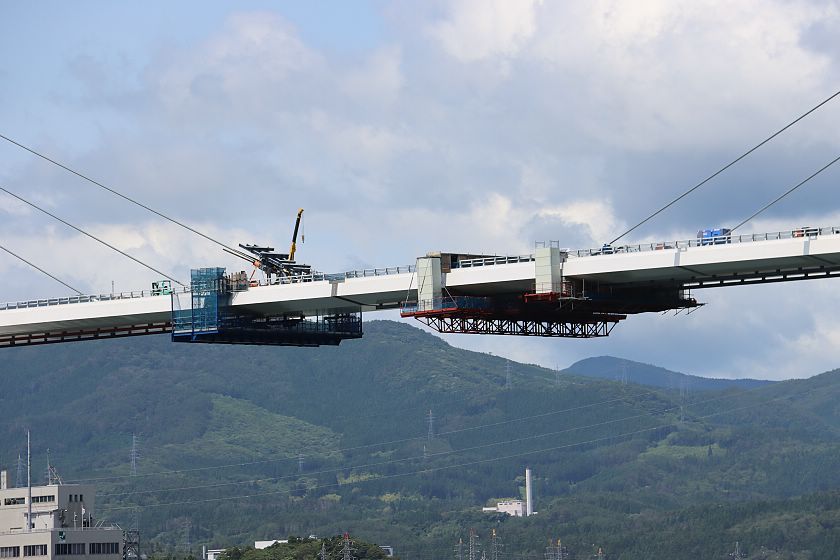

In Rikuzentakata we revisited the city's excellent new memorial park. Much of the park, including the well done museum, was opened last September. Yet to be added to the park are the nearby ruins of the former roadside station.
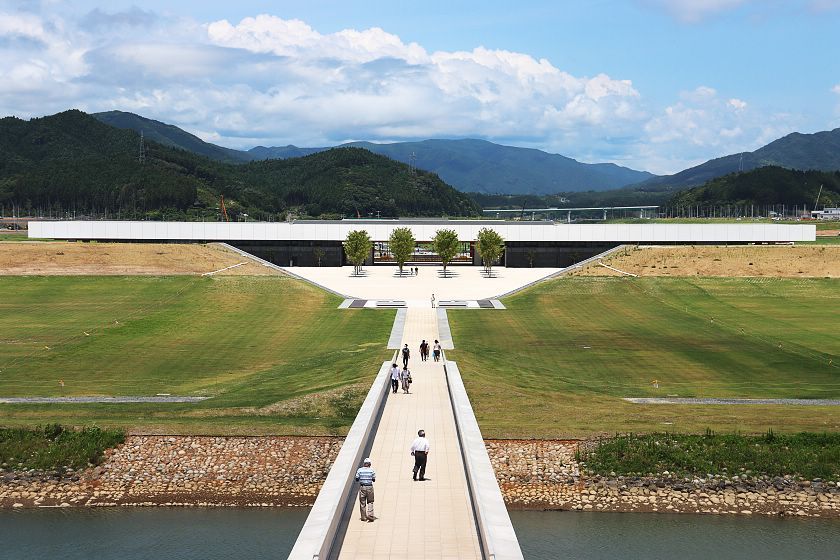
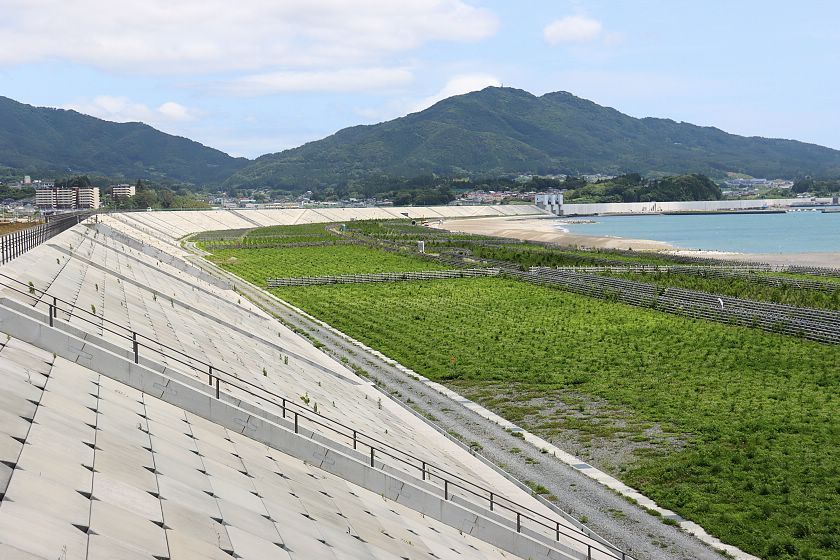
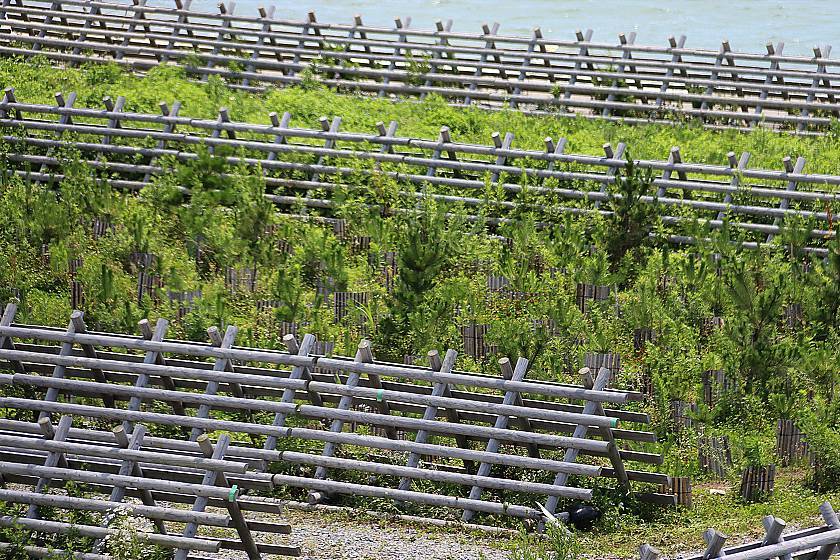
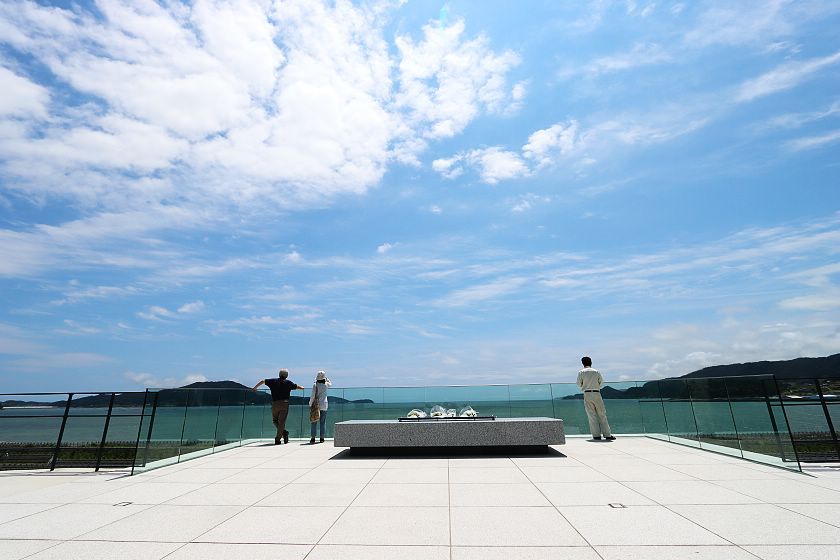
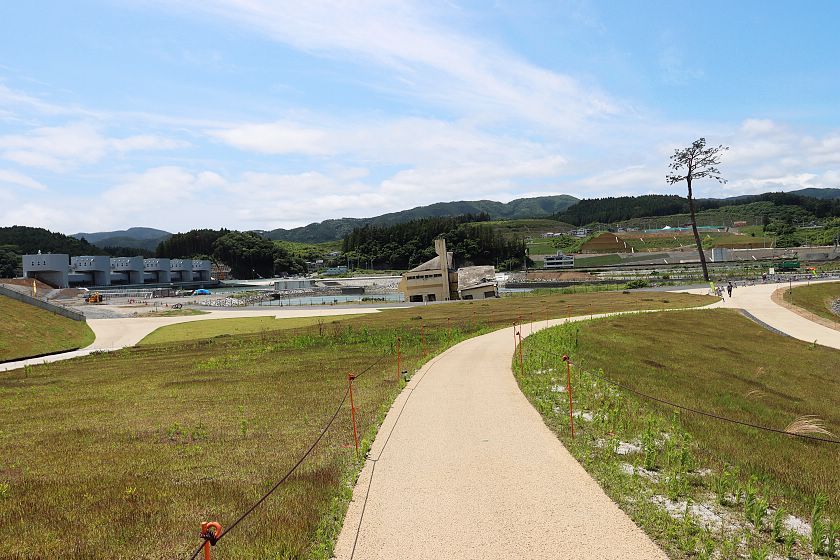
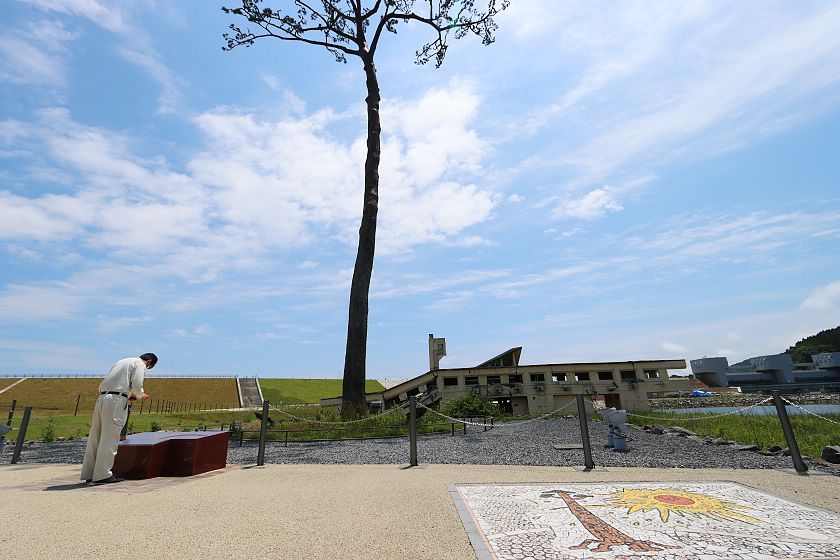
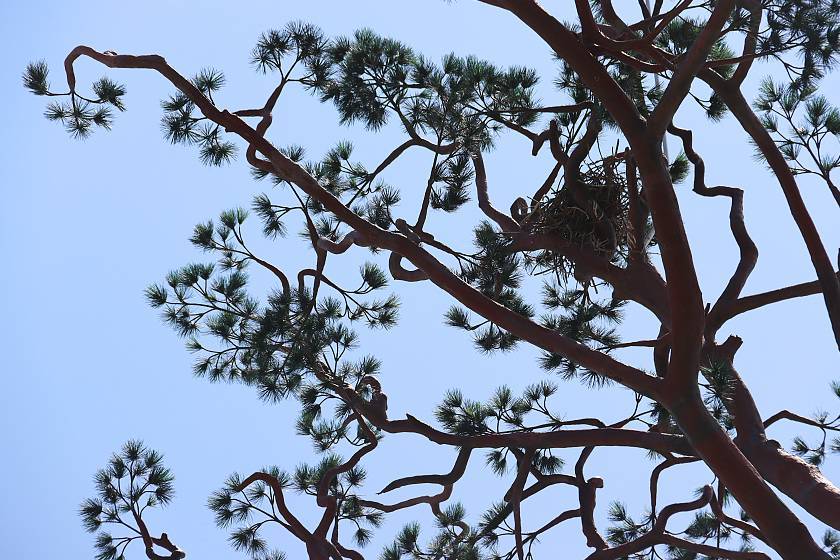
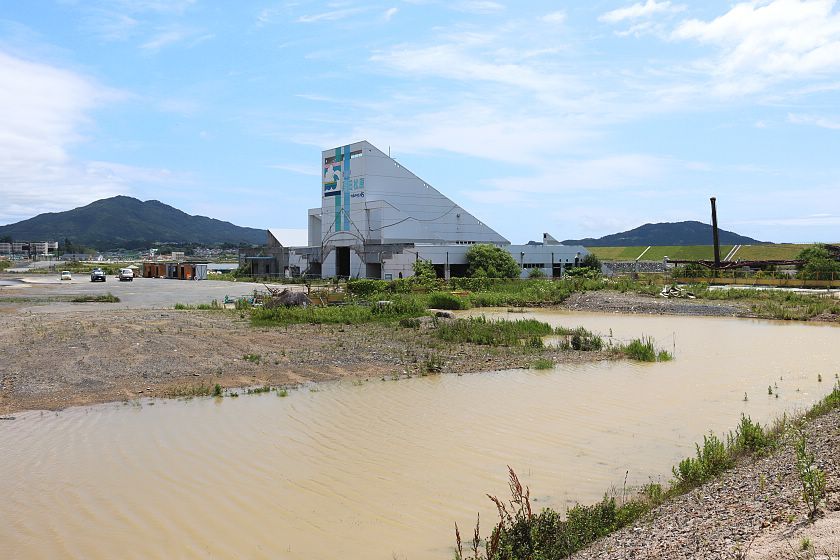
Rikuzentakata's new old town center - raised in elevation by over 12 meters - continues to grow with new houses and facilities, although empty lots still seem to outnumber occupied ones. The most prominent addition to the district is a handsome cultural center with the "Miracle Pine Hall", a concert hall seating over 600. It was opened earlier this year.

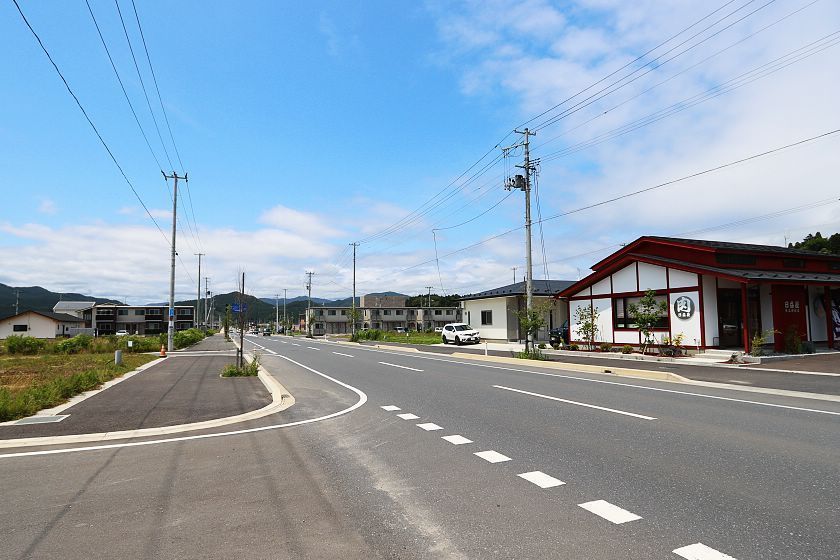
Compare: Jul 2020 - Sep 2019 - Oct 2018
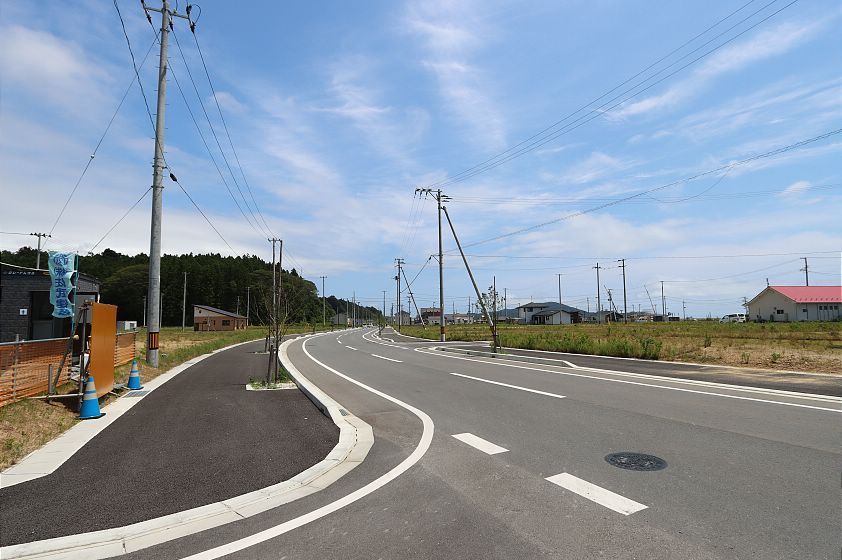
Compare: Jul 2020 - Sep 2019
The highlight of our previous visit to the Sanriku Coast last autumn was seeing a game of the Rugby World Cup in Kamaishi. The city was scheduled to host two games during last year's world cup, but a typhoon unfortunately cancelled the second game, causing the city a big financial loss. Today, we quickly dropped by the stadium which has since been reduced to its regular size.
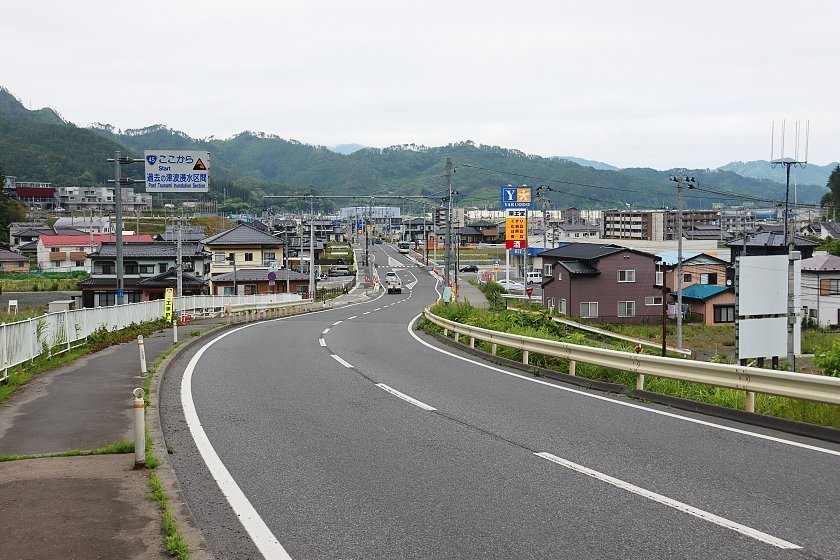
Compare: Jul 2020 - May 2016


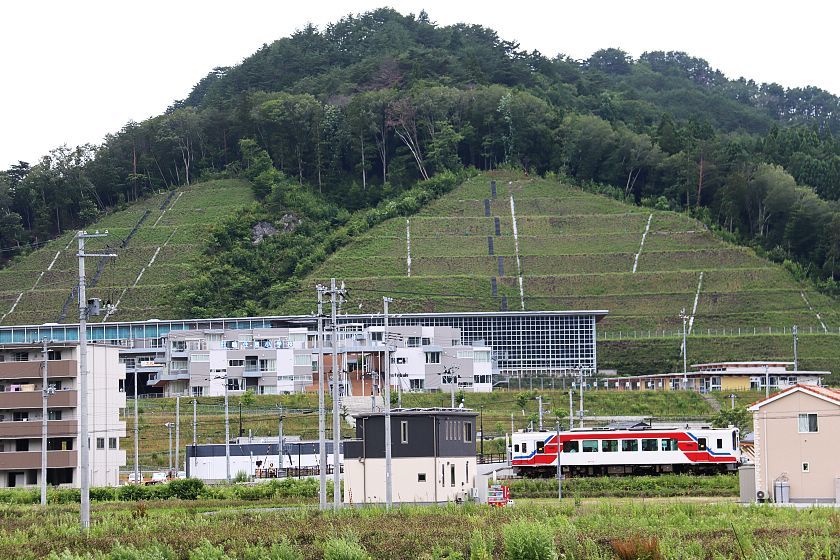
We concluded the trip in Miyako where we enjoyed a waterfront walk around Jodogahama, one of the most pleasant tourist destinations along the coast.

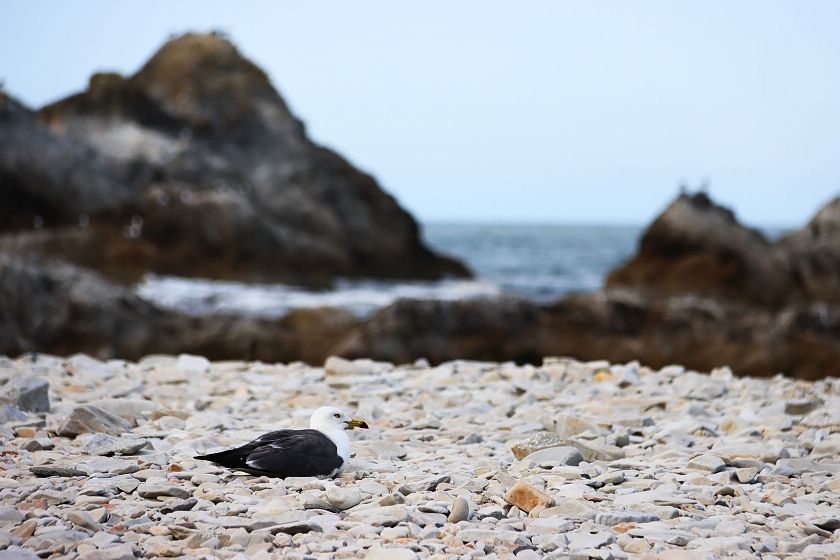
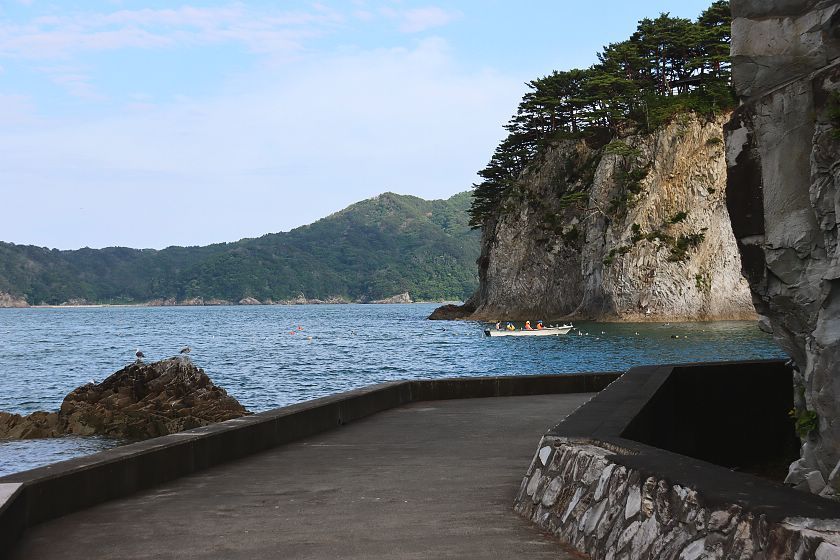

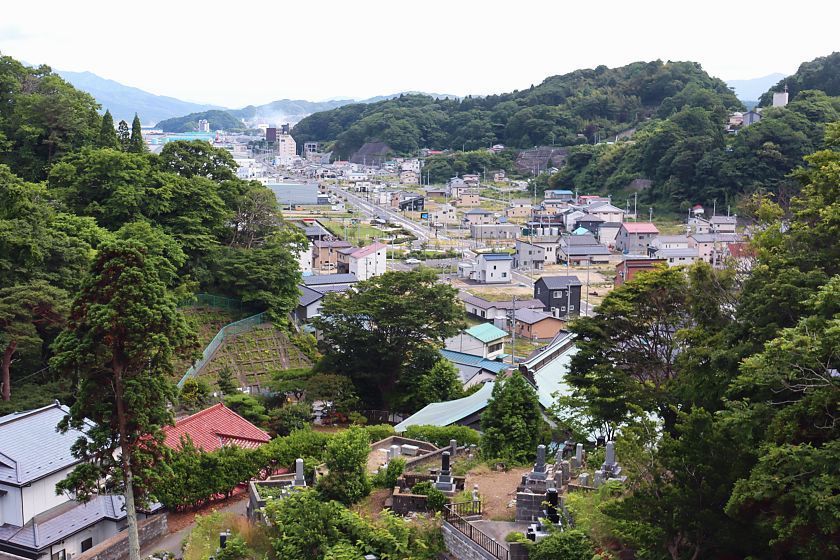
Compare: Jul 2020 - Apr 2018 - Oct 2016 - May 2016 - Nov 2015 - Apr 2014 - Oct 2013 - Apr 2011
